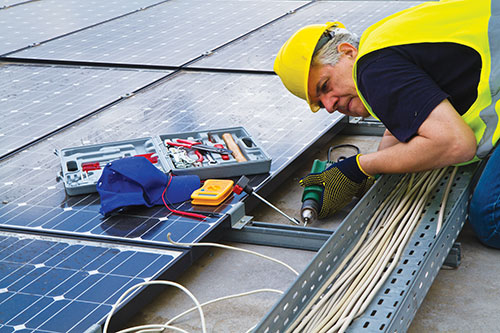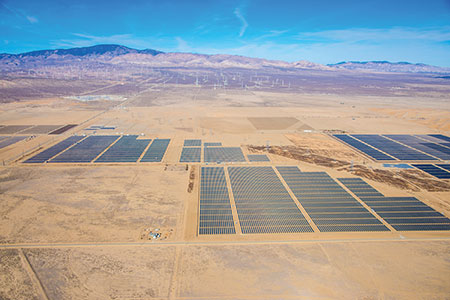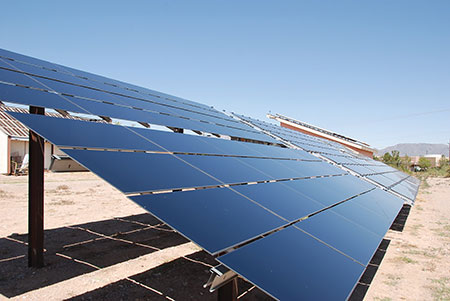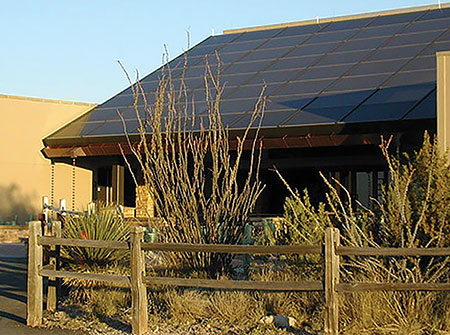With most of the United States now on the 2014 or 2017 National Electrical Code (NEC) several topics and enforcement questions are routinely being discussed. This article will address some of the most relevant issues facing enforcement and installers concerning PV systems.
Article 705 covers any on-site power production system that interfaces with a utility supply and how they interconnect. To be considered a service, the source of power must be a utility company distribution system.
Advancements in control technology and energy management have made compliance with National Electrical Code, Article 700, Emergency Systems, more complex, with far more design choices available to the specifier or installer
This article attempts to identify the most common deficiencies encountered at these large scale projects and provide methods of verification you may find useful to achieve minimum code compliance.
Disaster stuck at Medina, Ohio’s Public Safety Center when lightning hit the center’s communication tower in 2013. The surge traveled from the tower to the IT and communications racks and onward through the system. It blew out two-thirds of the dispatch center including radios and computers, damaged other electrical appliances
The 2017 NEC has incorporated sweeping changes in the way it deals with PV systems and related systems that will resonate into the future for many years.
The search for the proper charge cable and the power supply block or cube-style charge adapter that you plug into the ac voltage source seems never-ending.
US residential builders installed copper-clad aluminum (CCA) building wire for residential branch circuits in tens of thousands (perhaps even hundreds of thousands) of single family homes, condominiums and apartments.
Whether you are an electrical or building inspector, a general contractor, a PV professional or an educator, the fast pace of this evolving industry can either keep you up at night or be the morning jolt you need with (or in lieu of) that first cup of caffeine.
This article will cover some of the behind-the-scenes activities that occur along with the more formal process of developing the Code and the UL standards for PV systems.











